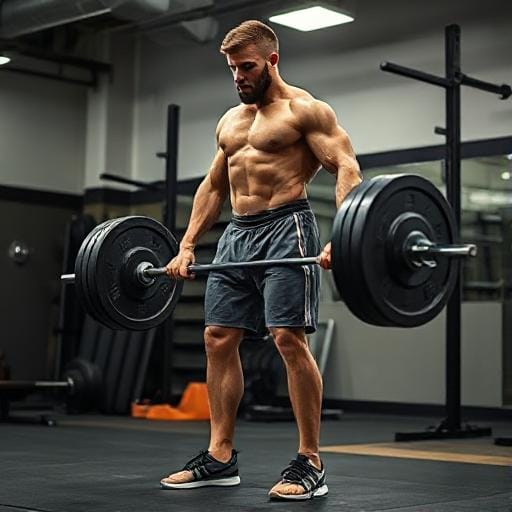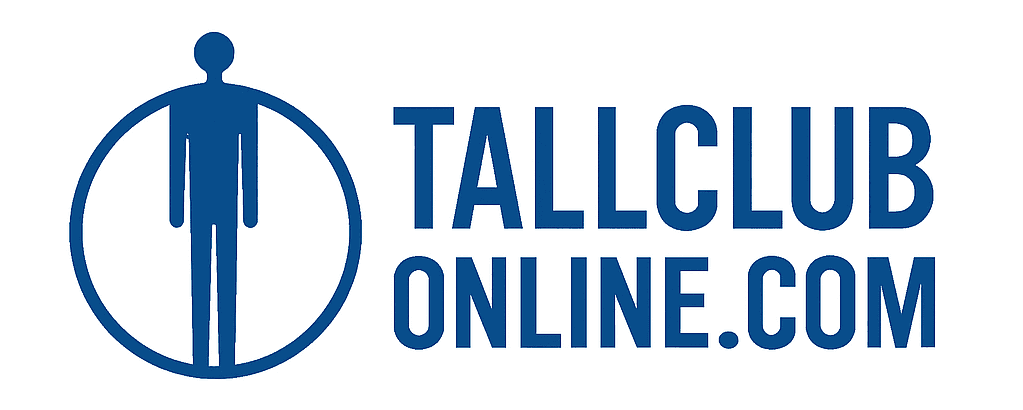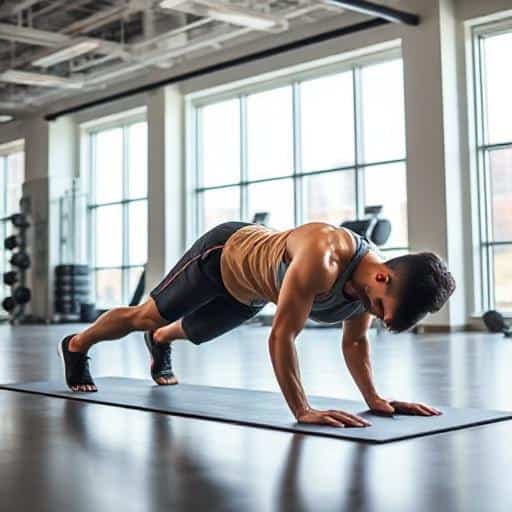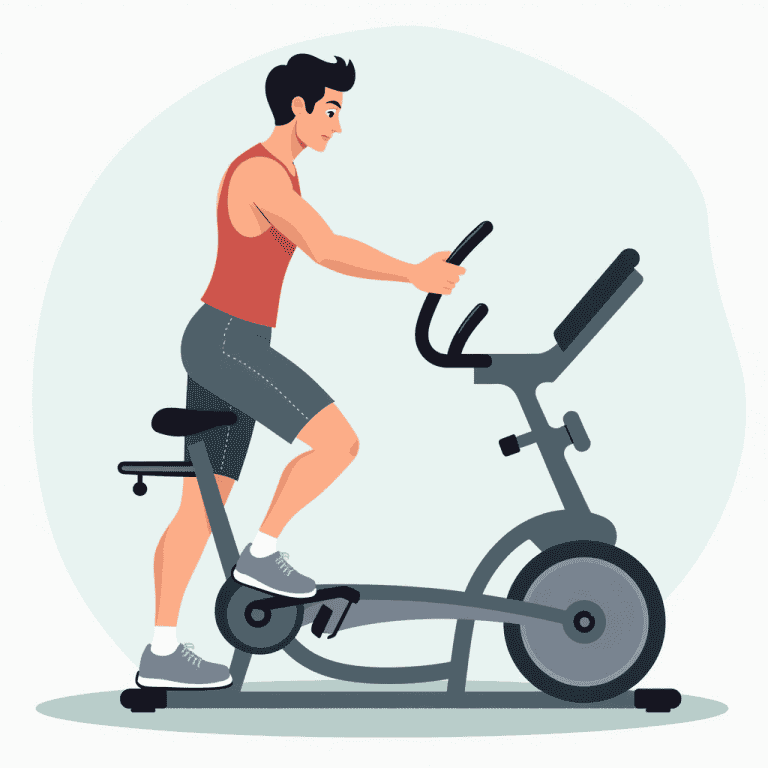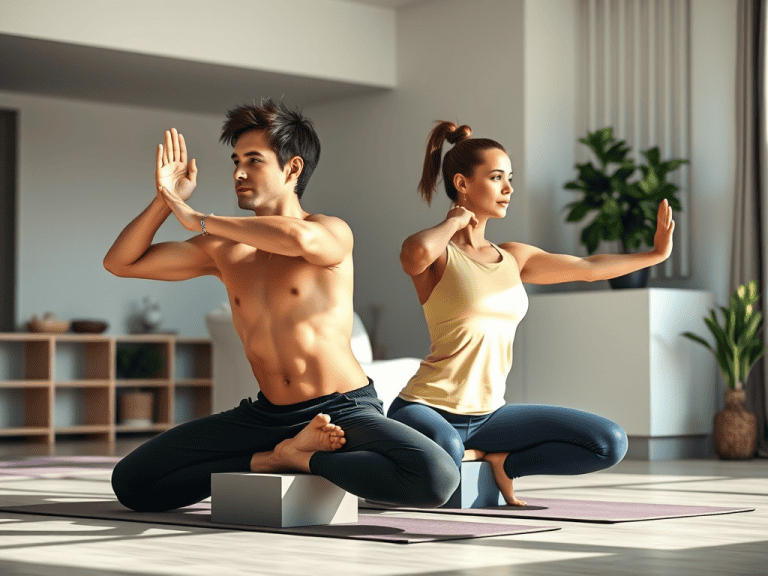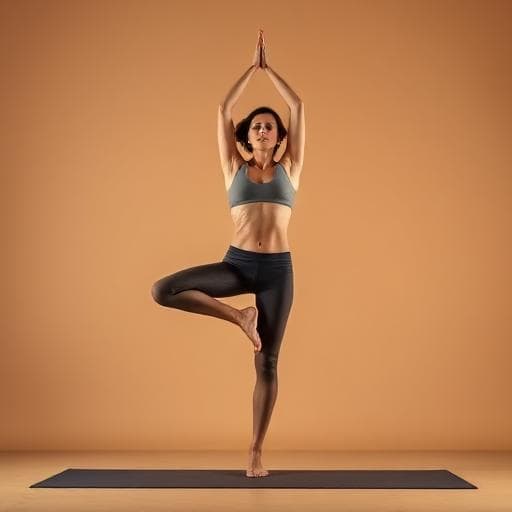Best Exercises for Tall Athletes: Boost Performance and Reduce Strain
Tall athletes often face unique challenges when it comes to exercise, from maintaining proper form to managing the extra strain on their joints and muscles. While their long limbs provide an advantage in many sports, they also require careful attention to their training regimen to avoid injury and maximize performance.
In this article, we will explore the best exercises for tall athletes that help reduce strain, improve strength, and enhance performance. Whether you’re a basketball player, a volleyball enthusiast, or a runner, these exercises are tailored to your long frame.
Why Tall Athletes Need Special Attention
Tall athletes tend to have different biomechanics compared to shorter athletes. With longer legs and arms, they often need to focus on mobility, flexibility, and strength training in a way that accommodates their frame. Certain movements may put more strain on their joints, especially the knees, hips, and lower back.
However, when done correctly, these exercises can help improve posture, balance, and performance, while minimizing the risk of injury. Here’s why these workouts are especially effective for tall athletes:
Reduced Joint Stress: Proper strength training and mobility exercises can alleviate strain on key joints like the knees and hips.
Improved Range of Motion: Tall athletes benefit from exercises that enhance flexibility and range of motion, helping them move efficiently.
Better Posture and Balance: These exercises also focus on strengthening the core, which is vital for maintaining a good posture and balance.
The Best Exercises for Tall Athletes
1. Squats for Strength and Stability
Squats are a fantastic compound movement for tall athletes. This exercise works your quadriceps, glutes, hamstrings, and core, and helps build strength while maintaining stability. However, taller individuals often struggle with maintaining proper form due to their longer legs.
Tip: Focus on hip-width stance and keep your knees aligned with your toes to avoid unnecessary strain on your knees. Consider using a wider stance to allow for a deeper squat.
2. Deadlifts for Posterior Chain Strength
Deadlifts are crucial for building strength in the posterior chain, which includes the lower back, glutes, and hamstrings. For tall athletes, this exercise helps improve overall strength and posture while reducing the likelihood of lower back pain.
Tip: Ensure your feet are hip-width apart, and focus on keeping your back straight throughout the movement. Tall athletes may want to use a trap bar for a more natural lifting position, which reduces strain on the lower back.
3. Lunges for Lower Body Strength and Flexibility
Lunges are excellent for tall athletes, as they target the legs and glutes, helping to improve flexibility and balance. This unilateral movement challenges each leg individually, helping to prevent muscle imbalances.
Tip: Focus on keeping your upper body upright, and ensure your knees do not go past your toes to avoid excessive stress on your knees.
4. Pull-Ups for Upper Body Strength
Tall athletes often need to focus on upper body strength, and pull-ups are one of the best exercises for this. They engage the lats, biceps, and shoulders, and help increase overall upper body strength.
Tip: To reduce strain on your shoulders, perform assisted pull-ups if you’re just starting. As you gain strength, aim for full-range pull-ups.
5. Planks for Core Stability
A strong core is vital for tall athletes, as it provides postural support and helps prevent lower back strain. Planks are one of the best exercises for improving core strength and endurance.
Tip: Perform side planks and forearm planks to target different areas of your core. Keep your body in a straight line from head to heels to maximize the effectiveness.
6. Box Jumps for Explosive Power
Box jumps are great for developing explosive power in tall athletes, especially those involved in sports like basketball or volleyball. This plyometric exercise helps improve leg strength, coordination, and agility.
Tip: Focus on soft landings to reduce the impact on your joints. Use a box that allows for safe height adjustments, and make sure your knees are slightly bent upon landing.
7. Resistance Band Exercises for Flexibility and Mobility
Using resistance bands in exercises like banded hip thrusts, lateral band walks, and banded squats can improve mobility, particularly in the hips and shoulders, which are critical for tall athletes to avoid injury.
Tip: Incorporate band exercises at the end of your workout to enhance flexibility and range of motion in key muscle groups.
How to Avoid Common Injuries for Tall Athletes
Tall athletes are more prone to certain types of injuries due to the increased strain on their joints and muscles. Here’s how to prevent these injuries:
1. Focus on Proper Form
For tall athletes, maintaining proper form during exercises is essential to prevent stress on the joints and muscles. Work with a trainer or use mirrors to ensure you’re performing exercises with the correct technique.
2. Warm Up and Stretch Properly
Warming up and stretching before your workout can help increase your range of motion and reduce the risk of strains or sprains. Incorporate dynamic stretches like leg swings and arm circles to prepare your body for exercise.
3. Incorporate Mobility Work
Tall athletes need to pay attention to their mobility to avoid tightness in the hips, shoulders, and lower back. Regular mobility work, including foam rolling and yoga, can help reduce muscle stiffness and improve joint health.
4. Rest and Recovery
Tall athletes often experience more strain on their bodies due to their larger frames, so ensuring sufficient rest and recovery is essential. Make sure to give your muscles time to repair and grow by taking rest days and getting adequate sleep.
Key Takeaways
Tall athletes can benefit from exercises like squats, deadlifts, lunges, and planks to build strength and improve performance.
Incorporating core strengthening exercises and focusing on upper body strength will help maintain proper posture and reduce injury risk.
Flexibility and mobility exercises are crucial for tall athletes to prevent stiffness and improve joint function.
Always prioritize proper form, warm-ups, and rest to avoid common injuries associated with being tall.
FAQ: Best Exercises for Tall Athletes
Q1: Are there specific exercises I should avoid as a tall athlete?
While there aren’t specific exercises to avoid, tall athletes should be cautious with movements that place excessive strain on the knees or lower back. Exercises like deep squats or high-impact activities may need to be modified.
Q2: How often should I incorporate mobility work into my routine?
It’s important to include mobility work at least 2-3 times a week to maintain joint health and prevent stiffness.
Q3: How can I improve my flexibility as a tall athlete?
Incorporating dynamic stretching before workouts and static stretching afterward will help increase your flexibility. Focus on your hips, hamstrings, and lower back.
Q4: Can I still build muscle as a tall athlete?
Absolutely! By focusing on strength training exercises and adequate nutrition, you can build muscle and improve overall strength.
